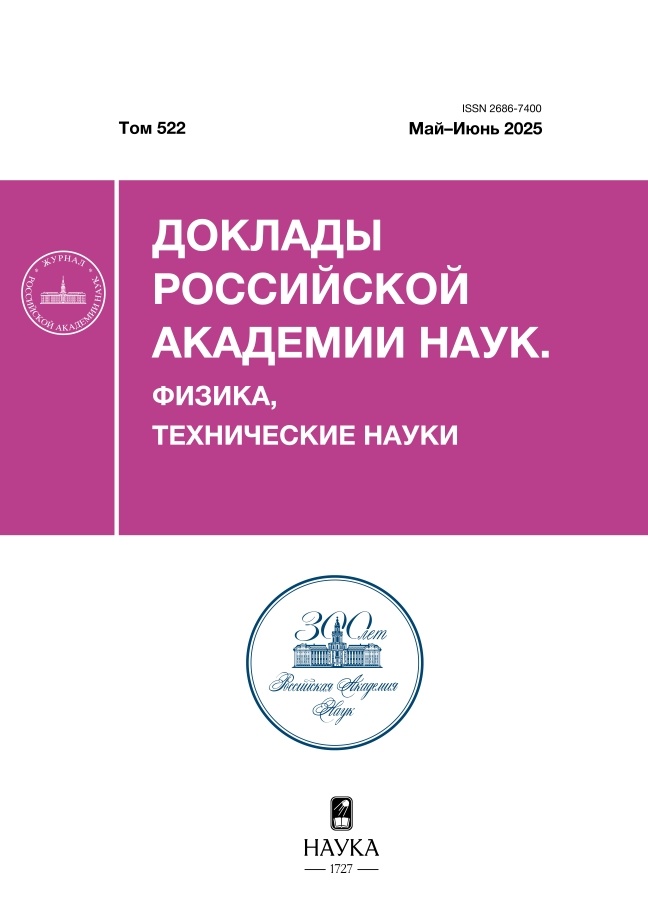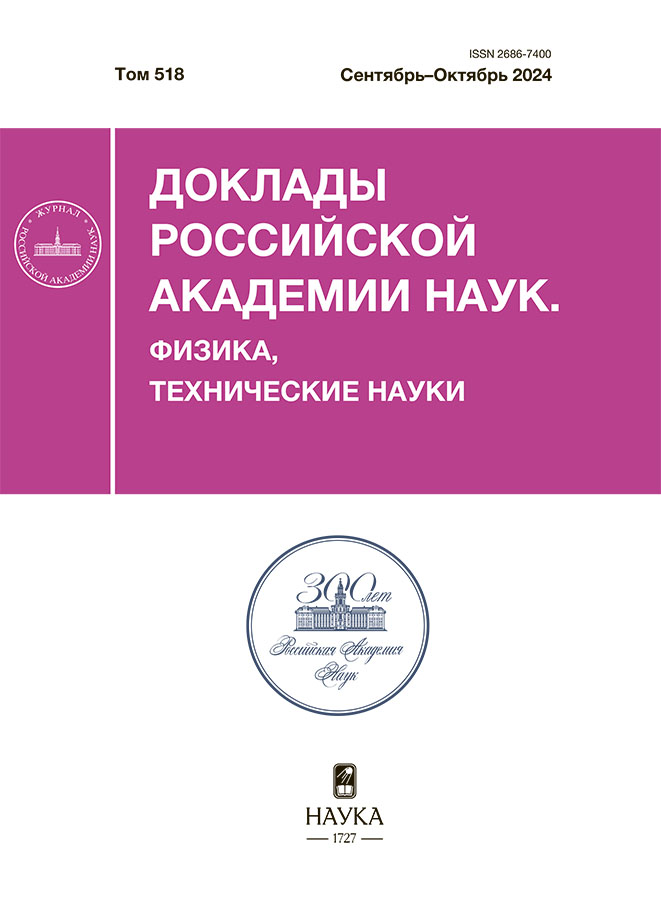Аналитическое доказательство законов подобия для технологии аддитивного лазерного выращивания
- Авторы: Фомин В.М.1, Голышев А.А.1, Медведев А.Е.1, Маликов А.Г.1
-
Учреждения:
- Институт теоретической и прикладной механики им. С.А. Христиановича Сибирского отделения Российской академии наук
- Выпуск: Том 518, № 1 (2024)
- Страницы: 64-68
- Раздел: МЕХАНИКА
- URL: https://ter-arkhiv.ru/2686-7400/article/view/677508
- DOI: https://doi.org/10.31857/S2686740024050104
- EDN: https://elibrary.ru/HXGZBX
- ID: 677508
Цитировать
Полный текст
Аннотация
Показано, что задачу описания технологии аддитивного лазерного выращивания можно рассматривать в рамках автомодельного уравнения теплопроводности. Показано, что при некоторых ограничениях глубина проплава подложки хорошо описывается автомодельным решением. На основе полученного автомодельного решения получены двухпараметрическая зависимость глубины проплава от числа Пекле (отношения скорости сканирования к скорости изменения температуры в материале) и безразмерной энтальпии (отношение удельной энергии, поглощенной материалом, и энергии, необходимой для плавления). Показано, что полученная аналитическая зависимость хорошо описывает экспериментальные данные.
Ключевые слова
Полный текст
Об авторах
В. М. Фомин
Институт теоретической и прикладной механики им. С.А. Христиановича Сибирского отделения Российской академии наук
Автор, ответственный за переписку.
Email: fomin@itam.nsc.ru
Академик РАН
Россия, НовосибирскА. А. Голышев
Институт теоретической и прикладной механики им. С.А. Христиановича Сибирского отделения Российской академии наук
Email: alexgol@itam.nsc.ru
Россия, Новосибирск
А. Е. Медведев
Институт теоретической и прикладной механики им. С.А. Христиановича Сибирского отделения Российской академии наук
Email: medvedev@itam.nsc.ru
Россия, Новосибирск
А. Г. Маликов
Институт теоретической и прикладной механики им. С.А. Христиановича Сибирского отделения Российской академии наук
Email: smalik707@yandex.ru
Россия, Новосибирск
Список литературы
- Mukherjee T., DebRoy T. Control of asymmetric track geometry in printed parts of stainless steels, nickel, titanium and aluminum alloys // Computational Materials Science. 2020. V. 182. 109791. https://doi.org/10.1016/J.COMMATSCI.2020.109791
- Громов В.Е., Иванов Ю.Ф., Ефимов М.О., Шлярова Ю.А. Структура и свойства высокоэнтропийного сплава ALCRFECONI после электронно-ионно-плазменной обработки // Доклады РАН. Физика, технические науки. 2023. T. 511. № 1. С. 5–9. https://doi.org/10.31857/S2686740023040041
- Weaver J.S., Heigel J.C., Lane B.M. Laser spot size and scaling laws for laser beam additive manufacturing // J. Manufacturing Processes. 2022. V. 73. № August 2021. P. 26–39. https://doi.org/10.1016/j.jmapro.2021.10.053
- Rubenchik A.M., King W.E., Wu S.S. Scaling laws for the additive manufacturing // J. Materials Processing Technology. 2018. V. 257. P. 234–243. https://doi.org/10.1016/j.jmatprotec.2018.02.034
- Golyshev A.A., Malikov A.G. Scaling laws for the additive manufacturing of the AISI 316 L deposited by laser surface cladding and direct metal deposition methods // Optik. 2023. V. 295. August. № 171506. https://doi.org/10.1016/j.ijleo.2023.171506
- Голышев А.А., Сибирякова Н.А. Законы подобия при прямом лазерном вырашивании металлокерамических треков // Прикладная механика и техническая физика. 2023. V. 64. № 5. P. 102–107. https://doi.org/10.15372/PMTF202315287
- Eagar T.W., Tsai N.S. Temperature Fields Produced By Traveling Distributed Heat Sources // Welding Journal (Miami, Fla). 1983. V. 62. № 12. P. 346–355.
- Волосевич П.П., Леванов Е.И. Автомодельные решения задач газовой динамики и теплопереноса. М.: Изд-во МФТИ, 1997. 240 с.
- Mukherjee T., Manvatkar V., De A., DebRoy T. Dimensionless numbers in additive manufacturing // Journal of Applied Physics. 2017. V. 121. № 064904. https://doi.org/10.1063/1.4976006
Дополнительные файлы















